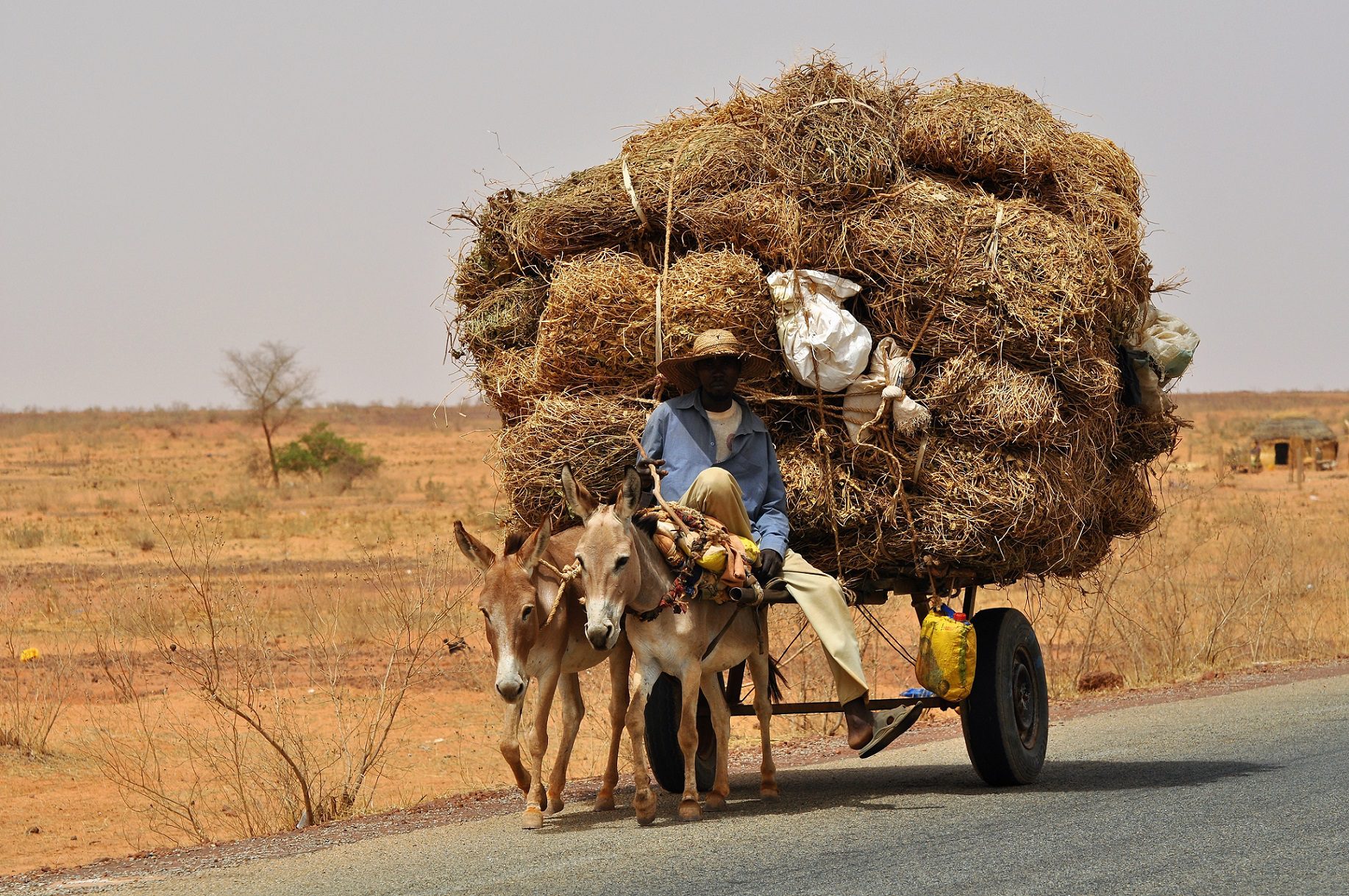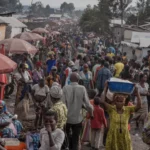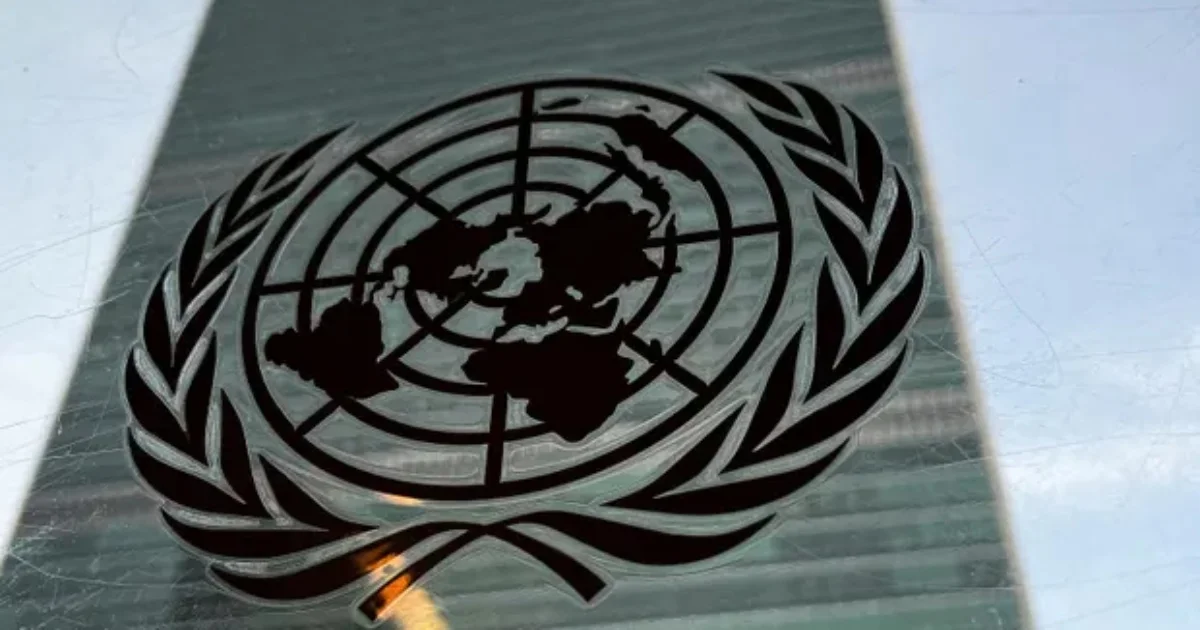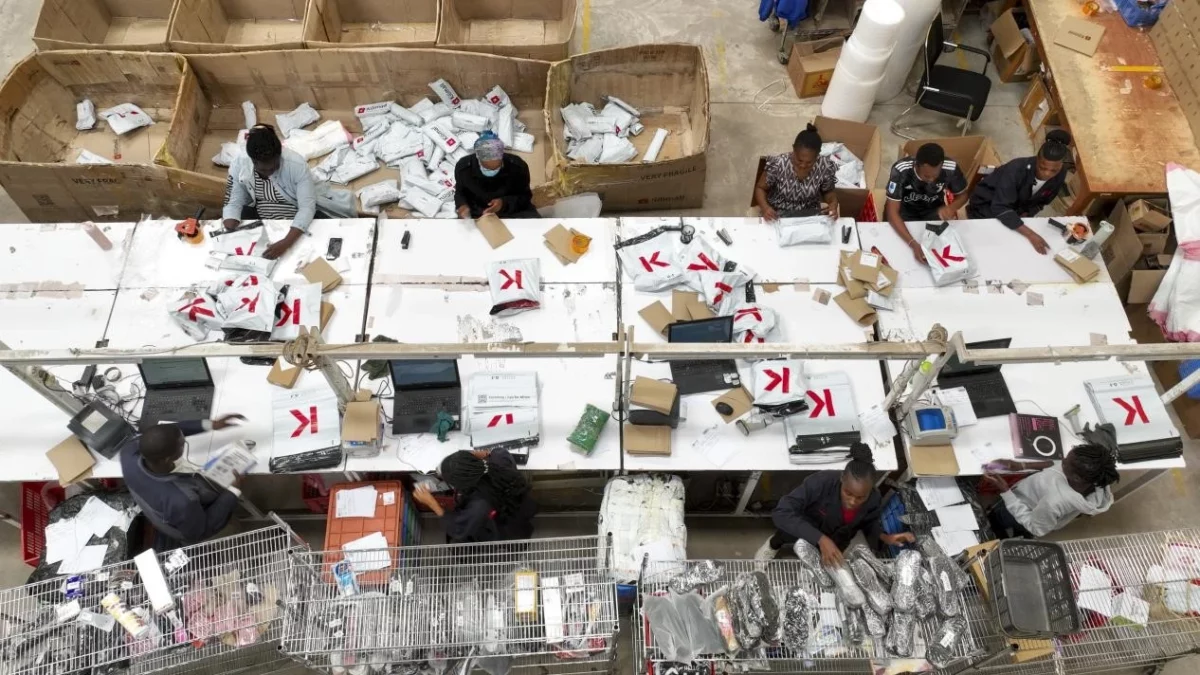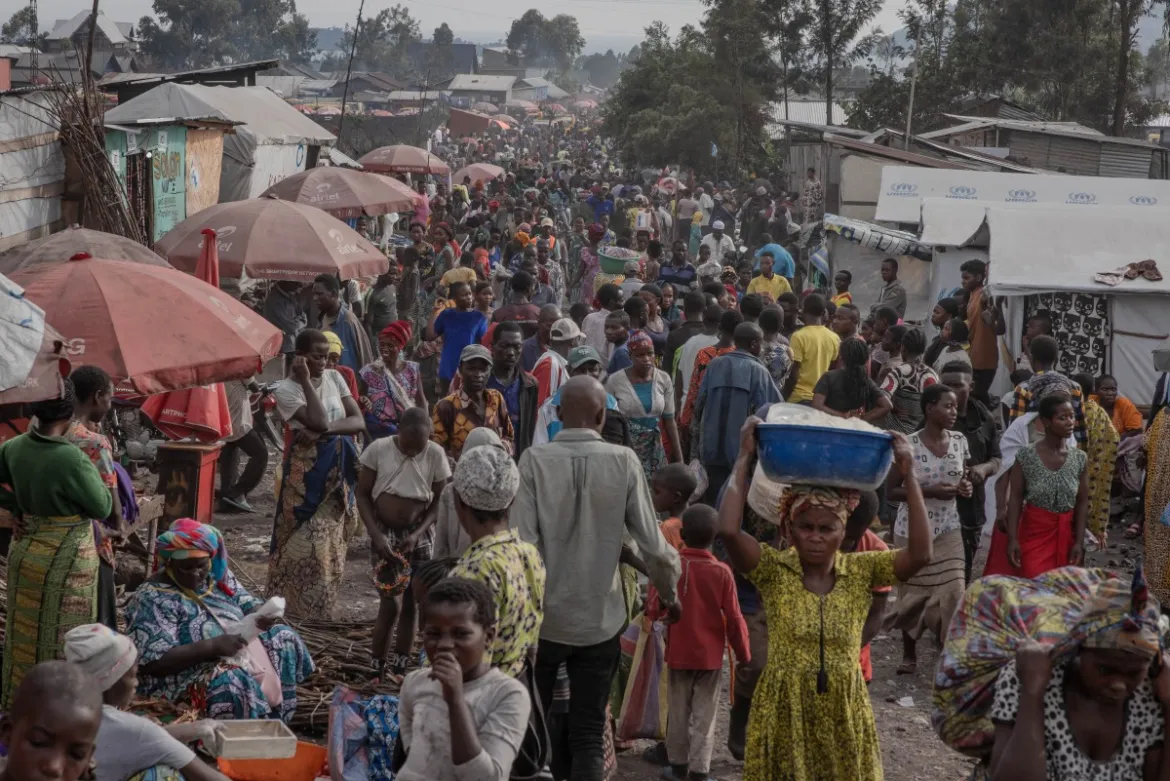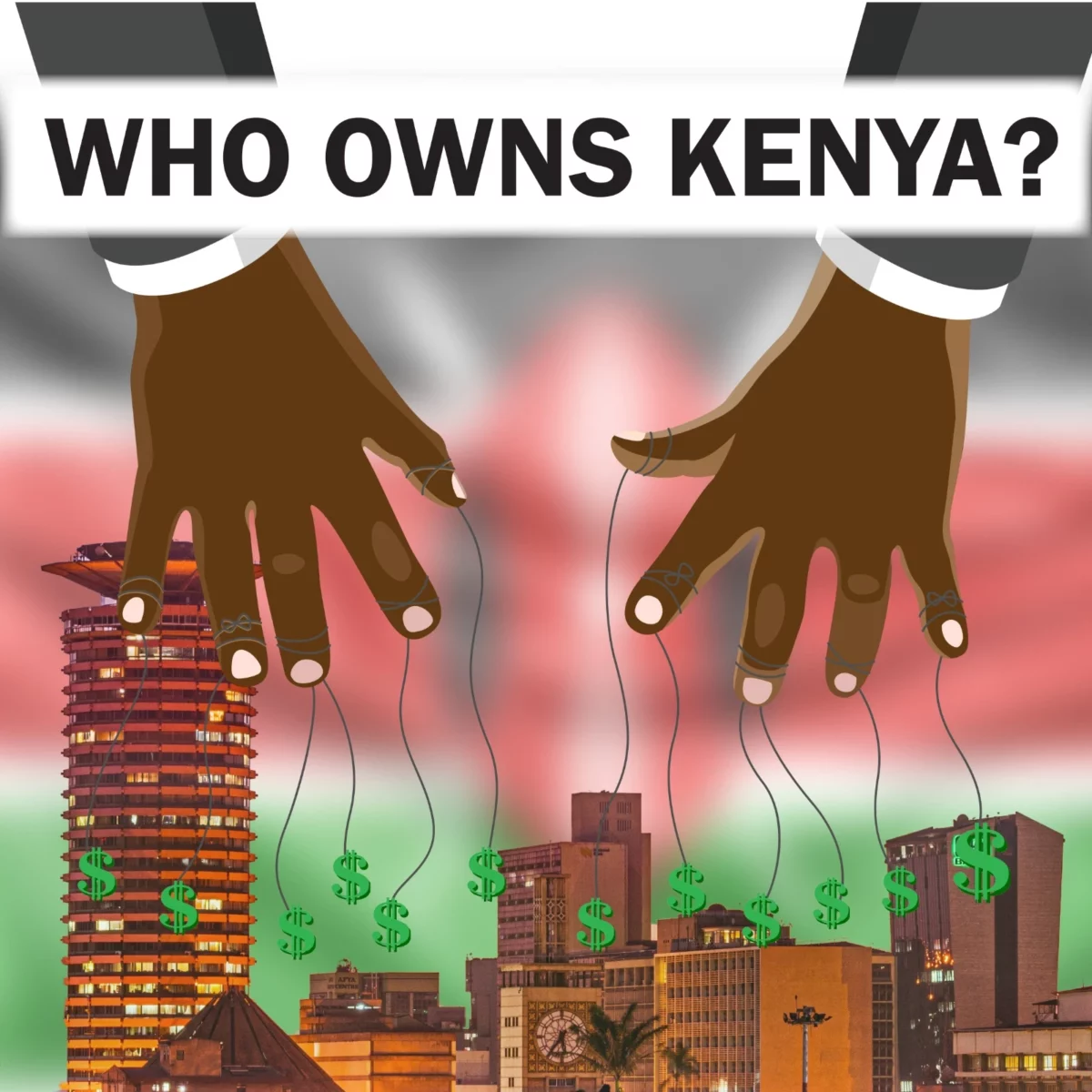By Dr
John Njeru
Kenya talks of being a food-secure country yet the
leadership has failed to empower local farmers on countering Climate change
that has affected the annual harvest year-in-year-out.
If climate change reduces the amount of food produced, then it makes sense
that it also reduces the amount of food people can access.
This simple instance of supply-and-demand, however, has big impacts. If one
part of the food system is interrupted due to a climate event
that can lead to inflation.
In Kenya, Climate Change hurts the agricultural sector.
33 per cent of Kenya’s Gross Domestic Product (GDP) comes from this sector and
another 27 per cent of GDP indirectly through linkages with other sectors.
But due to Climate Change, the farmer’s output has been
greatly affected, hence the low harvest realized by most rural farmers.
The UN data projects that between 2000 and 2050, there
will be a rise in temperature of up to 2.5⁰C.
This will affect the rainfall patterns thus making it
difficult to predict the seasons. There will be an increase in Arid and
Semi-Arid lands due to low rainfalls.
Some areas have witnessed an increase in the amount of
rainfall and melting of glaciers leading to floods in lowlands.
The
coastal areas have suffered from rising sea levels and saltwater intrusion.
These calamities have led to deaths of animals and humans, destruction of
plants, relocation of humans and livestock in upper lands and destruction of
infrastructure.
Low rainfall has accelerated prolonged droughts in most
parts of Kenya. The drought has led to inadequate pastures for livestock among
the pastoralists thus threatening their lives.
In areas where animals are kept in ranches or
zero-grazed, farming has become hectic as farmers are forced to source fodders
for their animals from far places as their lands can no longer sustain their
animals due to inadequate rainfall.
This has affected the livelihood of the people as
the level of poverty is increasing every other day since they spend more time
and money feeding themselves as well as their animals.
Drought
animals such as donkeys and camels are travelling for long distances to ferry
fodder, food and water for human and animal consumption.
The government of Kenya should invest in these already
witnessed calamities as a result of climate change.
It
should prioritize coming up with measures that will cushion the country against
the effect of food insecurity that has been observed in the recent past as it
has been observed that the issue of climate change has not been well captured
in the manifestos.
The government can increase food security through
educating farmers on modern farming practices, improving fordable, the quality
and supply of agricultural inputs, access to money lending institutions for
funding and promoting private sectors for solutions.
It should also empower the farmers by promoting value
addition to their products to ensure their produce fetch better prices in the
market.
The
government should lobby for the market at the international level for mutual
benefits between the farmers and the mother country.
They should also work on the strategic construction of
dams in every ward to cushion the effect of reduction in water availability due
to low rainfalls.
This will help in practising irrigation farming. Besides,
the farmers will not have to travel for long distances to look for water for
their animals. This will improve their livelihood and in return empower the
agricultural sector to harness more of its potential to feed the nation.
If climate change reduces the amount of food produced, then it makes sense
that it also reduces the amount of food people can access.
This simple instance of supply-and-demand, however, has big impacts. If one
part of the food system is interrupted due to a climate event
that can lead to inflation.
These price spikes leave the poorest families most vulnerable; one study
shows that people living in urban areas under the poverty line spend up to 75%
of their budget on food alone.
In the times before harvest known as “hungry seasons,” when the previous
supply of food has been used up and the next crops are not quite ready to pick,
families often skip one or more meals per day. In many areas, climate change
has prolonged these hungry seasons.
Dr John Njeru, Veterinary Officer-KENDAT


